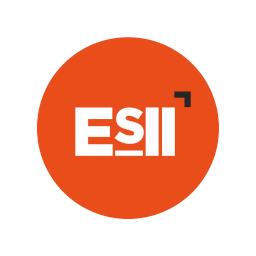More and more hospitals are interested in the patient flow management and in the improvement of their reception quality. Optimizing the patient journey has become a major issue. Hospitals receive people under stress and must continually face many challenges: Reduce wait times, better manage costs, simplify management and improve patient satisfaction. In recent years, hospitals have modernized their equipment. But what are the possible factors for optimizing the patient journey? How to implement them?
Be with the patients throughout their journey
An important point to improve flow management is to provide an efficient journey for each patient and to be with them since the beginning to the end of their visit. It starts with appointments making and more and more hospitals offer to do it online. In addition, to limit non-kept appointments, the patients may receive a text message and / or an e-mail as a reminder in which they can easily confirm or cancel the appointment. This prevents blocking expensive resources and allows better planning.
A simplified reception
It is important to perfectly identify the patients’ need on their arrival and to inform the staff about it. Interactive kiosks can be installed to effectively organize the journey. At the hospital entrance, the patients insert a card in the kiosk, scan the bar code on their appointment letter or directly identify themselves on the screen of the interactive kiosk with the code they received. They get a unique ticket and the patients are automatically identified and directed to the right service. This solution is already installed at the Maternity Port Royal of the Cochin Hospital (APHP, Paris).
Software and hardware solutions are more and more tested and approved by health care facilities to manage efficiently the patient journey. The benefits of these solutions are large:
- Complete management of the patient journey (appointment scheduling, admissions, consultations, invoicing)
- Better direction to the services
- Confidential reception of the customers and accompanying persons
- Optimized management of appointments
- Improved patient flows
Articles reliés
-

- News
- ESII
The importance of satisfaction survey
-

- News
- ESII
The future is POE
-

- News
- ESII
- Retail
ESII’s solution in transportation





